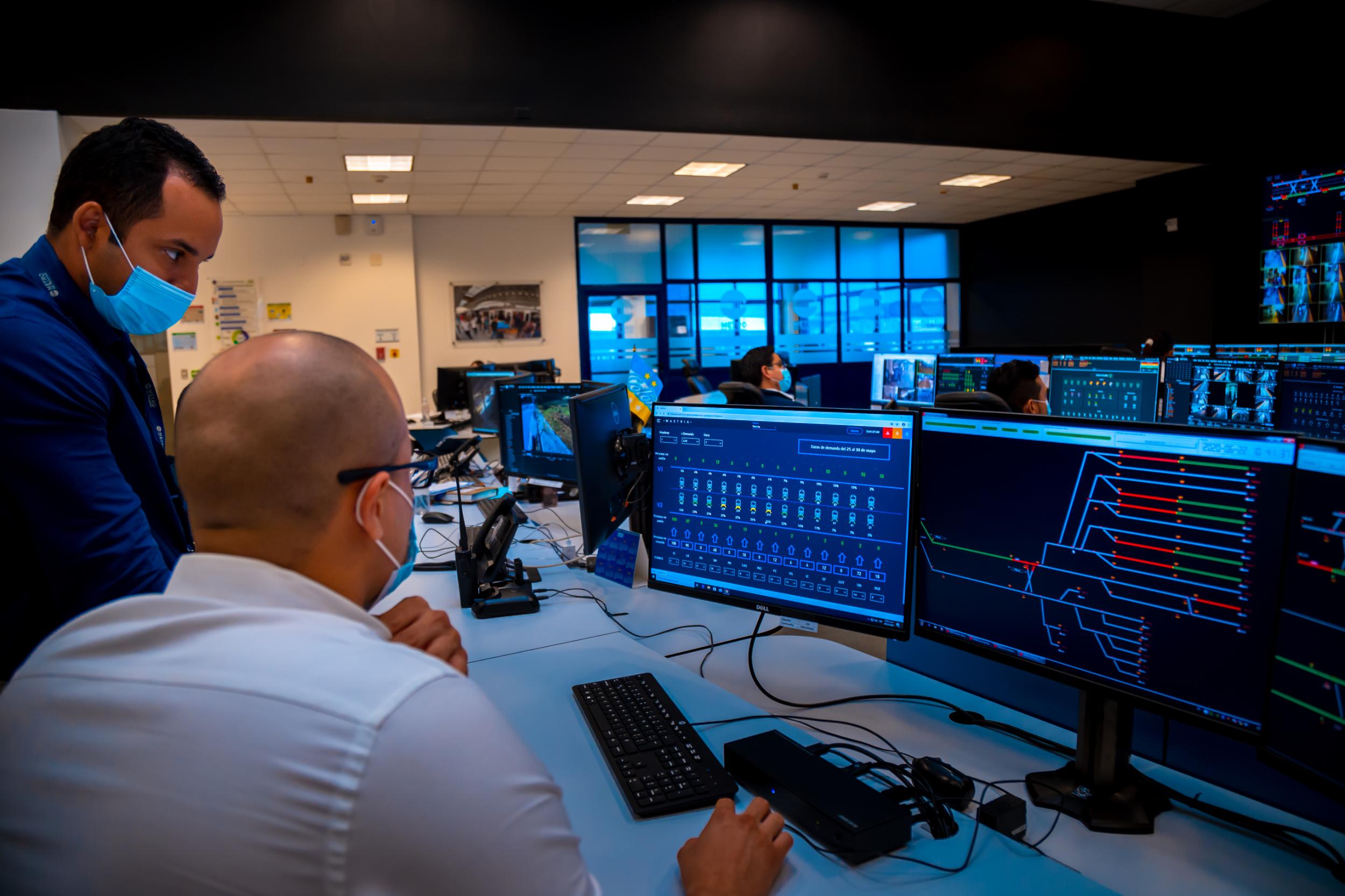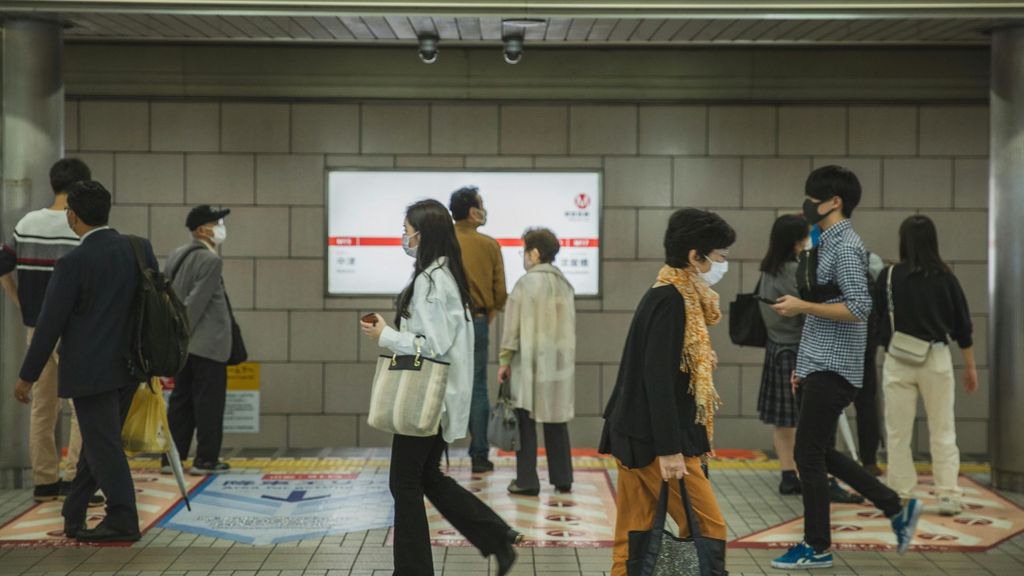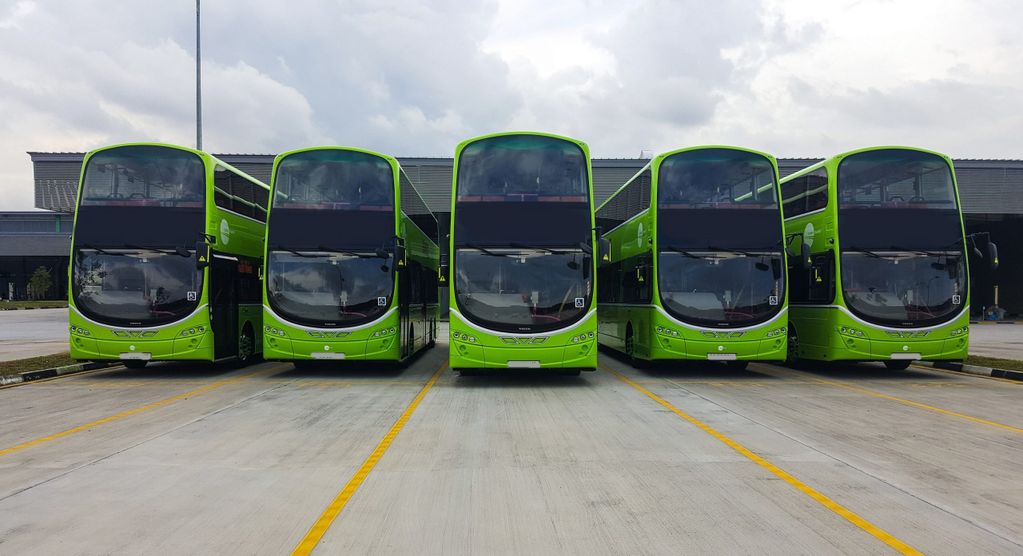
Human-centred smart mobility: What technology can do for passenger flow and crowd management
Easing the travel experience for users and operators
Maximising the number of people using sustainable transport while offering comfortable and safe experiences is something UITP members discuss on a daily basis.
Our latest Policy recommendations covered the topic of demand management, giving policy makers direction on measures to manage and influence demand for mobility and policies to influence land-use and transport planning as well as users’ daily life. Influencing demand is much more than monitoring and providing information, and such holistic policies aim to improve the resiliency of the sector all while exceeding users’ expectations with reliable transport.
To complement such policy measures, operators can take action through the supply-side, monitoring their demand and adapting their supply of transport services with analytics and algorithms. As with demand-driven management, passengers can be provided with real-time information and several mobility options to allow them to choose when and how to travel safely.
With this in mind, UITP’s IT Committees developed a Report, ‘Improving passenger flow and crowd management through technology and innovation’, consolidating their knowledge on how to overcome the current challenges and analyse the various passenger flow innovations out there. The collaboration was with prominent technology providers and transport operators, sharing different technologies, concepts and views from around the world.
And no stone has been left unturned. The report impressively covers: telecommunications infrastructure for passenger counting, sensing technologies, flow analytics and management technology, applications to enhance crowd management, AI and algorithms, passenger interaction and communication systems, people flow supervision systems, privacy and cybersecurity issues, and the benefits in public transport.
Understanding passenger flow to influence decision making
While passenger flow poses challenges from managing data and data-sharing to choosing the right technical solutions for measuring fluctuating demand, understanding passenger behaviour overall improves the understanding of its impact as a wider system. Demand management correlates with other transport activities, such as operations, security and retail, and by applying big data management techniques, it helps improve the detection of hidden trends in diverse transport activities and provides the public transport sector a new direction for growth, via the identification of passenger behavioural patterns.
Based on historical data, business analytics algorithms define passenger profiles. Combining these models with transport traffic schedules for a specific period, will enable the prediction of:
- When each type of passenger (business, economy, groups, etc.) will be arriving at the station or transport hub?
- How they will continue their journeys?
Access to such passenger demand forecasting tools can enhance decision-making processes that will improve oversight and aid management of all infrastructure resources and interlinked services.
In addition, by acquiring new insights into how passengers behave, it becomes possible to create new business models that leverage the data-driven decision making processes used in the retail sector. These could include predicting passenger preferences with customised offers and dynamic adaptation of marketing strategies based on passenger classification.
It is also useful to be able identify each passenger and their individual movements in order to calculate Origin-Destination matrices based on account management, smart ticketing, gates, and other systems.
Passenger flow or demand management is becoming an important area for public transport operators. During the pandemic, the operators were facing a challenge to maintain social distancing and monitoring occupancy. Now, the operators are facing new challenges related to dynamic demand patterns owing to changes in rider behaviour. It is critical to know and predict the levels of demand for optimising available resources. They are managing crowding levels in the network, using real-time counting and the application of historical and predictive models.
Panama’s real-time demand management
In 2019, the Panama City Metro Operator (MPSA), faced passenger saturation when opening a new line. Using real-time demand management and machine learning techniques, the Fail-to-Board indicator fell by 50%, passengers gained an extra 8% travel time during peak hours along with a 6% increase in capacity optimisation. The solution was implemented by Alstom in 2019.
The solution assisted the MPSA in managing the COVID-19 situation as well, by helping avoid less than 40% occupancy. The system applied processing and machine learning to existing data flows (ticketing and trains) without installing new sensors. The technology provider used the heterogenous data already produced by many systems, including ticketing, vehicle sensors (weight), Wi-Fi/Bluetooth/4G and CCTV.
Currently, the MPSA is implementing solutions for sharing information with the passengers at the platform and on apps to guide them into less-crowded timings (peak flattening). In addition, it is looking to integrate the bus system into the platform to achieve a multimodal approach.

Building a demand management ecosystem
The full mix of all the elements explored in this paper have not yet been fully deployed and used by any of the operators involved. However, focusing on the various elements separately does not provide sufficient value. It is only when they are analysed and used together that we can provide truly transformational solutions for passengers.
All these aspects reveal enormous potential for the further development of innovative technologies. Close collaboration between industry stakeholders and operators can pave the way to even better solutions for our sector, and we welcome the continuous innovation that will arise from combining many of these elements.

The paper will be presented by Roch Muraine, Worldwide Sales Director in Transportation at Alcatel-Lucent Enterprise in Paris and Chair of the Passenger Flow & Crowd Management Working Group, at the upcoming Metro Assembly on 1 November in Singapore.
The power of technologies and innovation for smart cities of mobility will also be discussed at great lengths during the approaching SITCE event. Having established itself as one of Asia’s most recognised events in the urban mobility space and located in Singapore; a testing ground for the world’s innovative and transformative mobility services, we are sure this edition will be the best yet! And only 4 weeks to go…
Membership benefits








